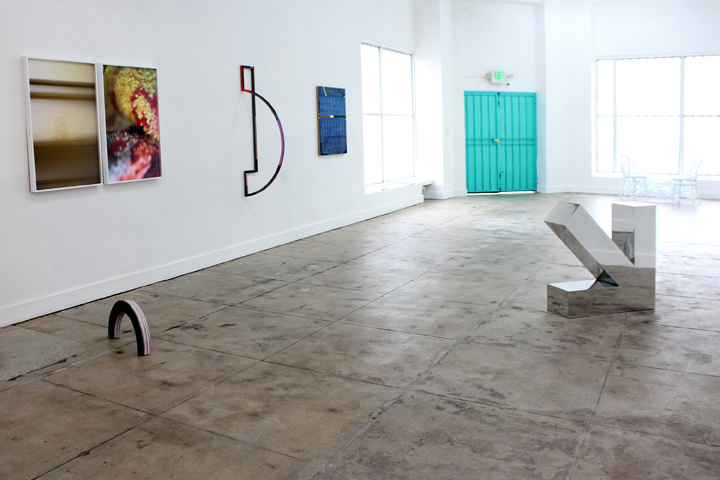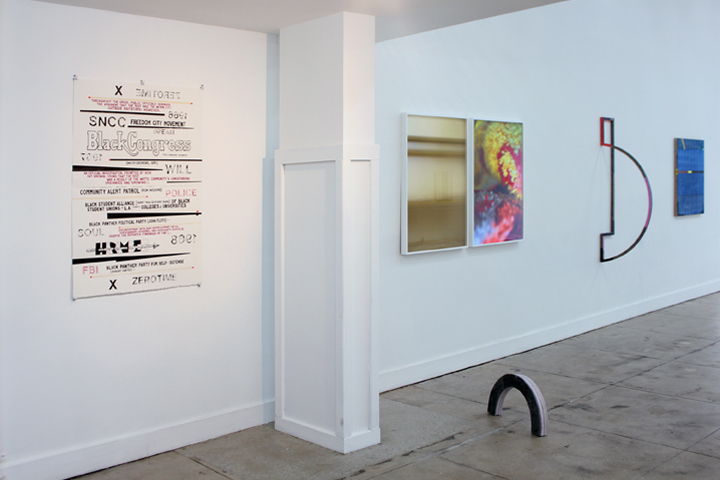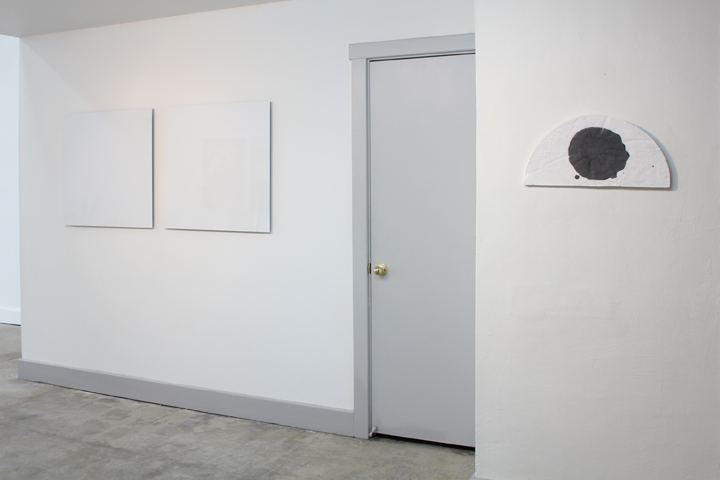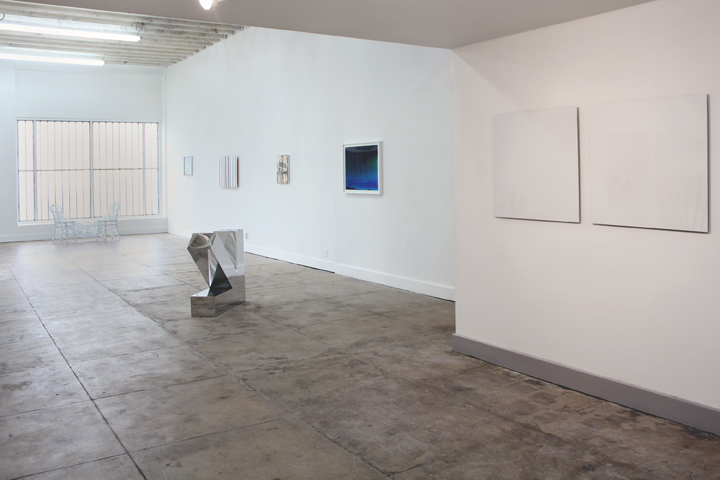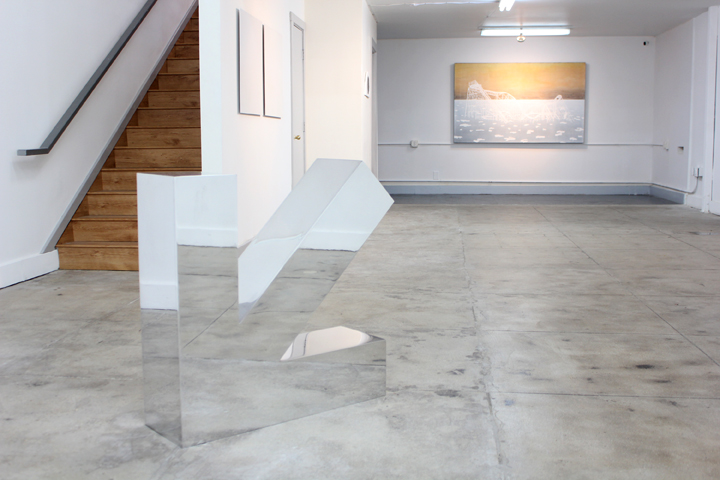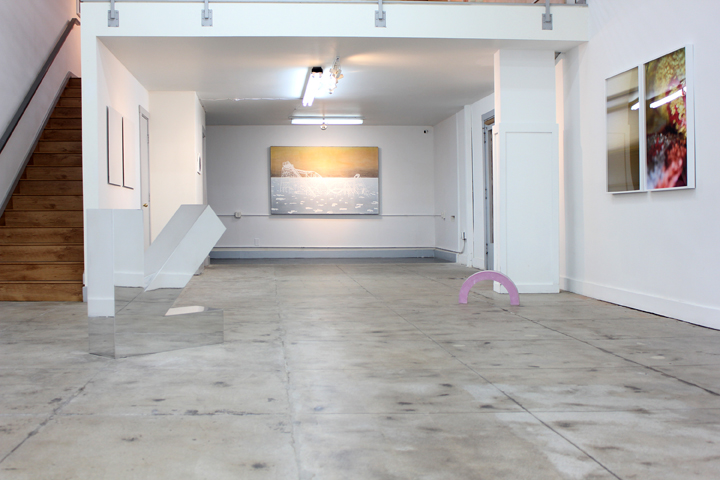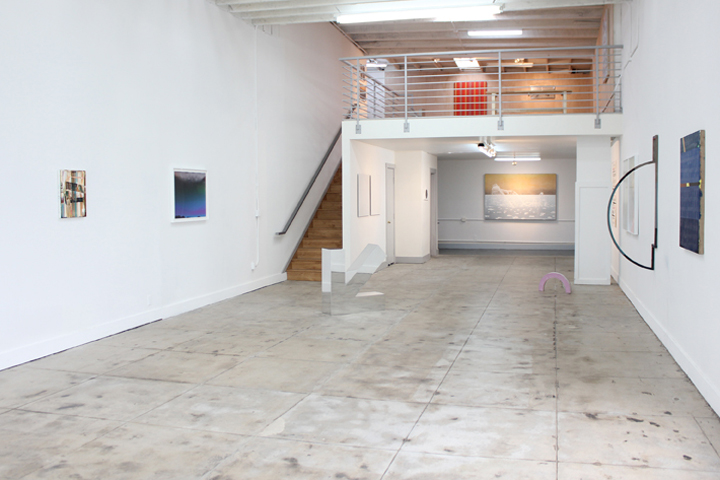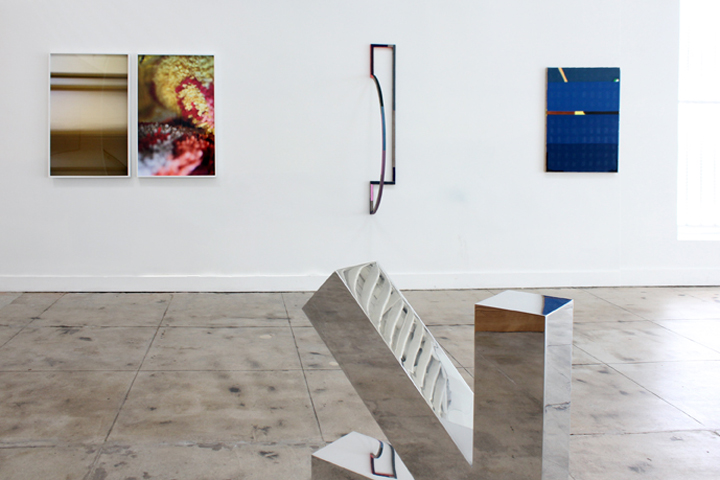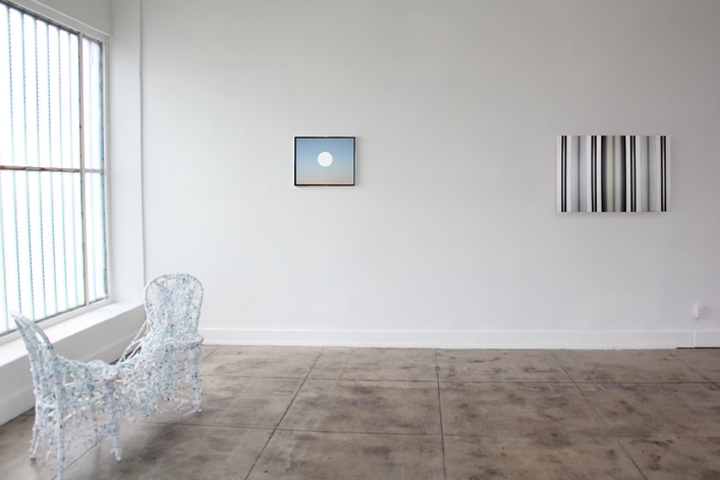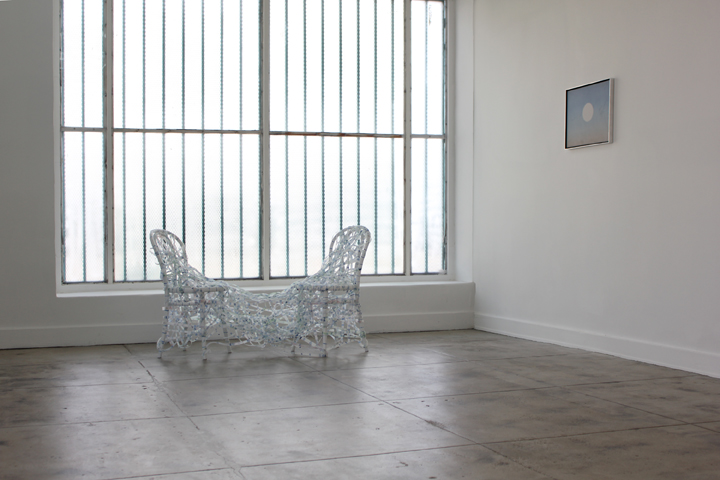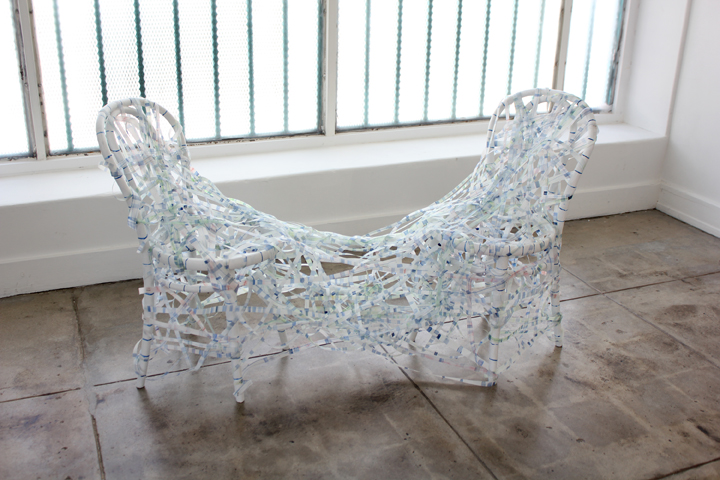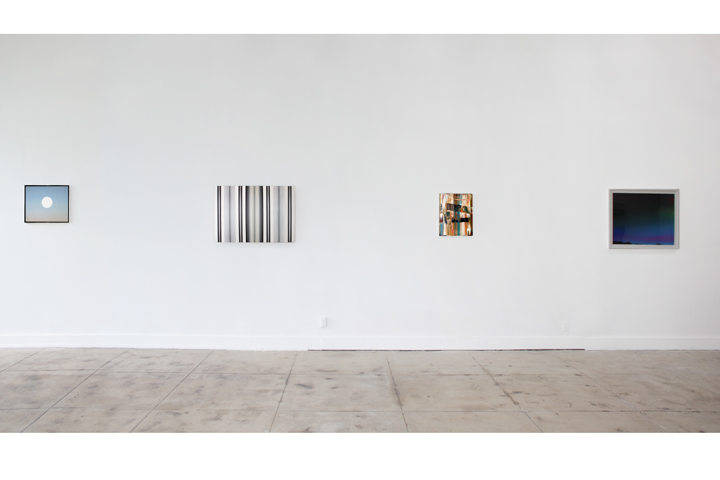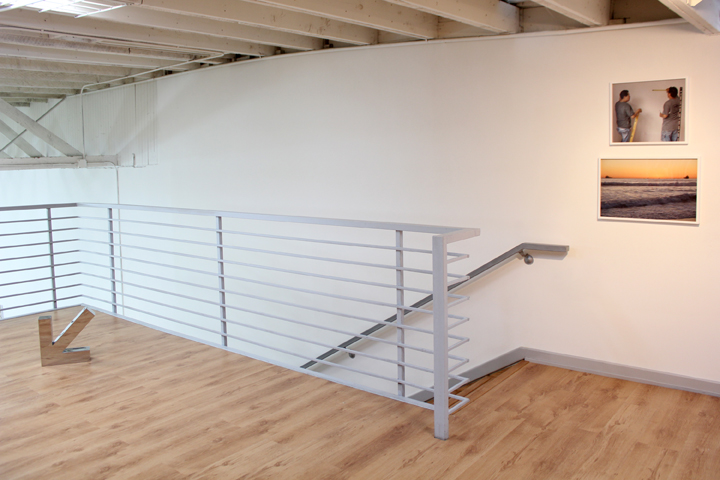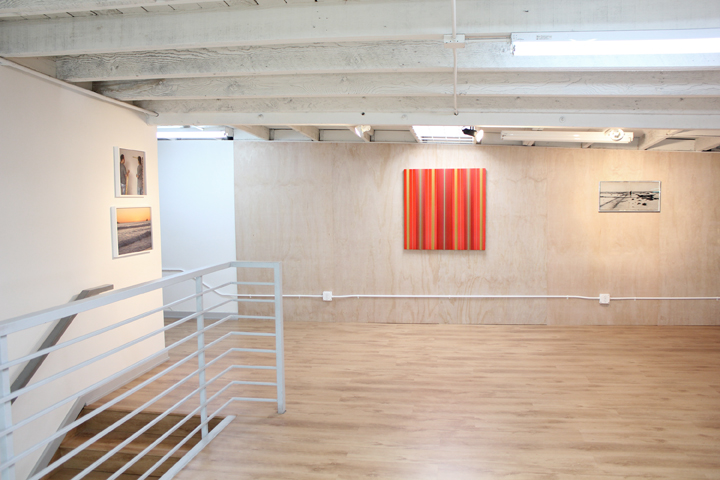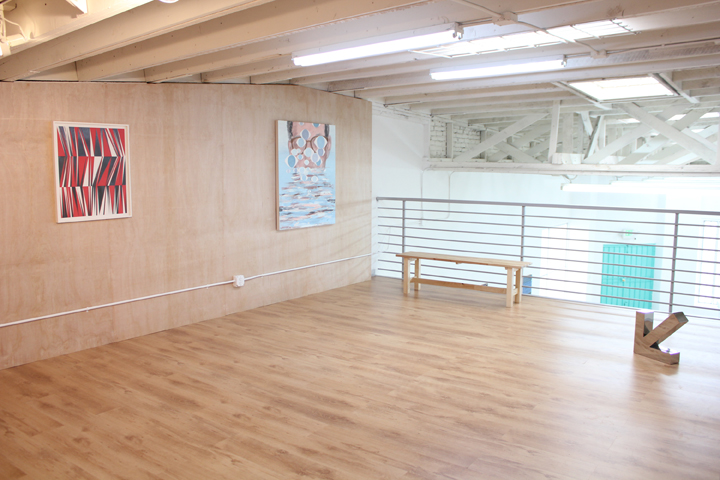UP TO AND INCLUDING THE HORIZON
OCHI PROJECTS is pleased to present its inaugural exhibition Up to & Including the Horizon curated with Brian Wills and Lexi Brown. The exhibition opens June 11th and remains on view through July 25th, 2015.
There is a metaphoric weight to the idea of horizon. To consider the intangible nature of the place where light and sky meet is endlessly fascinating. Horizon is the point where past and future converge. It’s the infinite beyond, full of possibility. It’s where we’re coming from and where we are going. It is the precipice of life and death. It’s the unknown.
Consistently interested in horizon lines, vanishing points and perspective in his own work, Brian Wills has often found himself intrigued with how other artists employ these devices. From another point of view, Lexi Brown has found herself continually returning to similar ideas of the infinite line in non-objective and representational work through years of mounting wide ranging exhibitions. Because of their shared interest, in many ways Up to & Including the Horizon has been ruminating for several years. The resulting show is part of an ongoing conversation between artists, curators and friends.
The horizon line is so inherent to the picture plane that most viewers might take for granted how artists integrate it into their work. In fact, if you look up the definition you get explanations such as “it is essential for an image to have a horizon line, even if that horizon line is not obviously apparent to the eye.” The horizon line is a concept almost so rudimentary to the act of creating a picture that using it as the basis for an exhibition is both straightforward and prohibitive.
Some artists, such as Tomory Dodge and Jacob Melchi use the horizon line as a formal device to create abstract images. Wills’ use of a vertical horizon acts as a perceptual zip line, transporting the eye through an imagined depth within the work. Other artists, however, revealed that the horizon line is not only a tool, but is essential to the reading of a work. Suzanne Adelman and Patrick Lakey consider it as a backdrop for supporting narrative. Others, like Keith Walsh and Zoe Crosher examine it as a marker of time and use it to convey chronology and history. Fran Siegel’s Quatorze recognizes it as a mechanism to connect two points. And others like Molly Larkey’s and Cosimo Cavallaro’s three dimensional works signal the horizon using material, volume and negative space. Collectively these works build meaning, as multiple interpretations reveal a pervasive truth.
